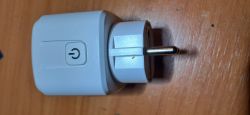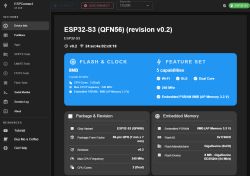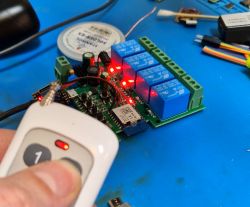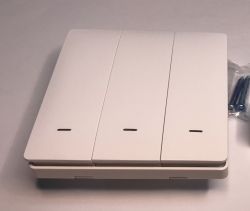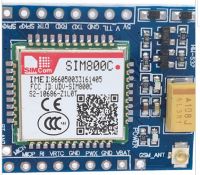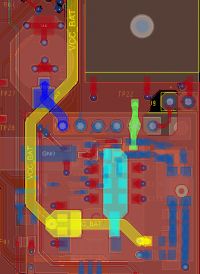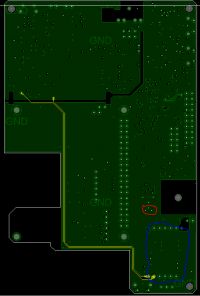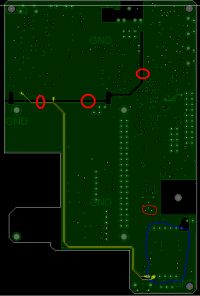Cheap SIM800L GSM module boards have been available on Allegro for a while now. Usually mounted on a red laminate, they are characterised by their small size and, as far as I can see, are quite popular among Arduino users. Or at least this is indicated by the not inconsiderable number of tutorials on the Web. Image attached.
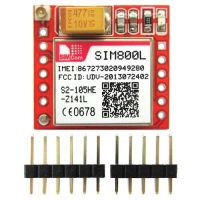 .
.
I am currently working on the design of a certain device that will need GSM connectivity. Mainly receiving SMS and occasionally GRPS - the latter for, among other things, time synchronisation with NTP. Using such a module would simplify my board design quite a bit.
However, after looking at the pictures, the first doubts arose. Namely, the antenna line does not look like it was designed according to the rules of art. The path winds next to another solder field, and the adjacent ground fields are in quite close proximity and are not connected to the general ground on the other side of the board. It does not resemble, for example, a microstrip line in any way....
Does the module work properly and perform well despite this? I ask because I have come across one piece of information about GSM transmission interfering with its own UART communication. At the same time, from what I can see the modules are quite popular.
Someone may have dealt with them and can share an opinion?
 .
.
I am currently working on the design of a certain device that will need GSM connectivity. Mainly receiving SMS and occasionally GRPS - the latter for, among other things, time synchronisation with NTP. Using such a module would simplify my board design quite a bit.
However, after looking at the pictures, the first doubts arose. Namely, the antenna line does not look like it was designed according to the rules of art. The path winds next to another solder field, and the adjacent ground fields are in quite close proximity and are not connected to the general ground on the other side of the board. It does not resemble, for example, a microstrip line in any way....
Does the module work properly and perform well despite this? I ask because I have come across one piece of information about GSM transmission interfering with its own UART communication. At the same time, from what I can see the modules are quite popular.
Someone may have dealt with them and can share an opinion?



